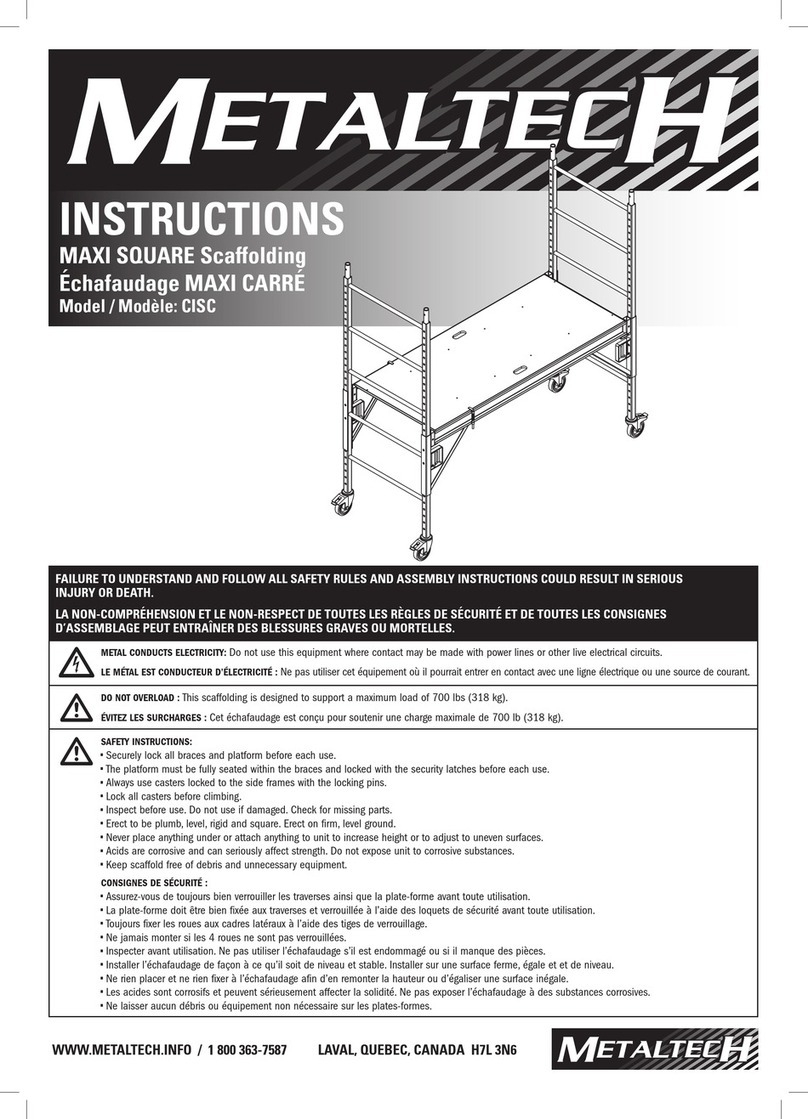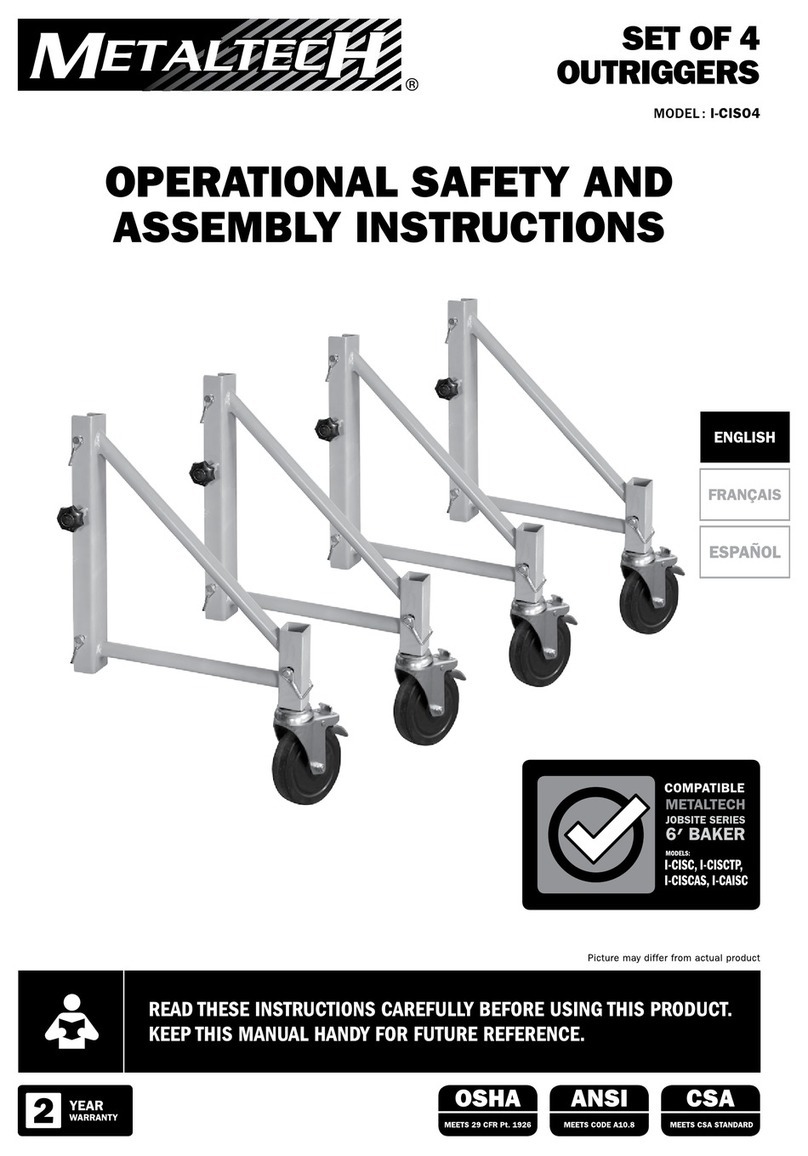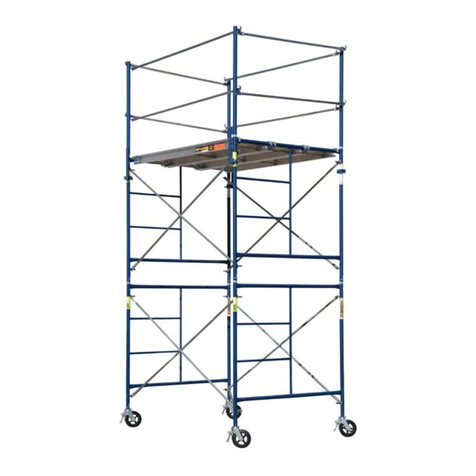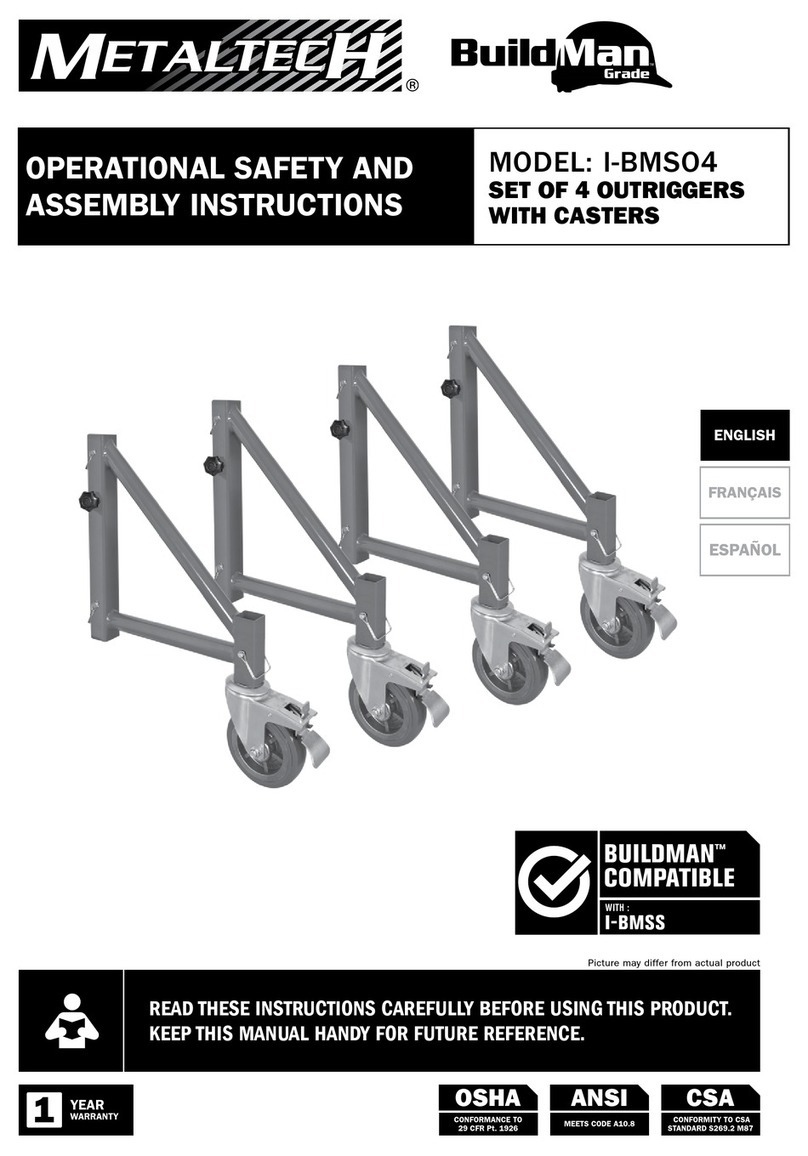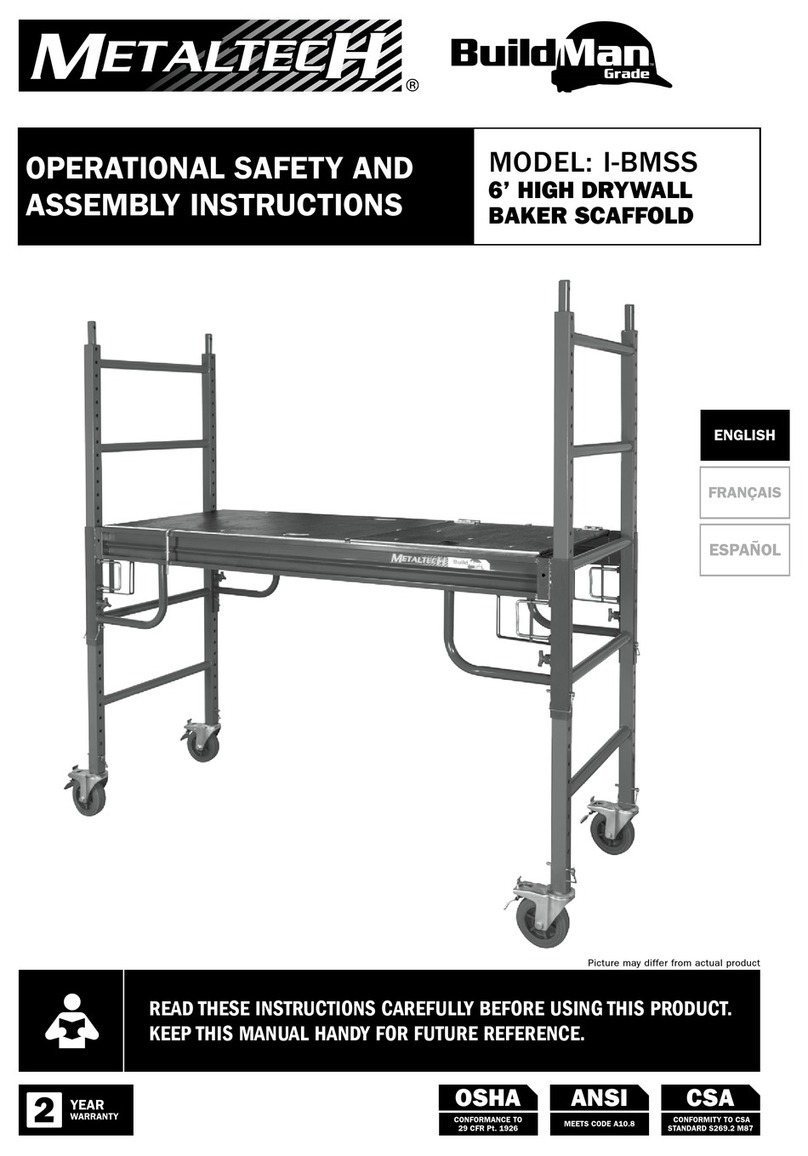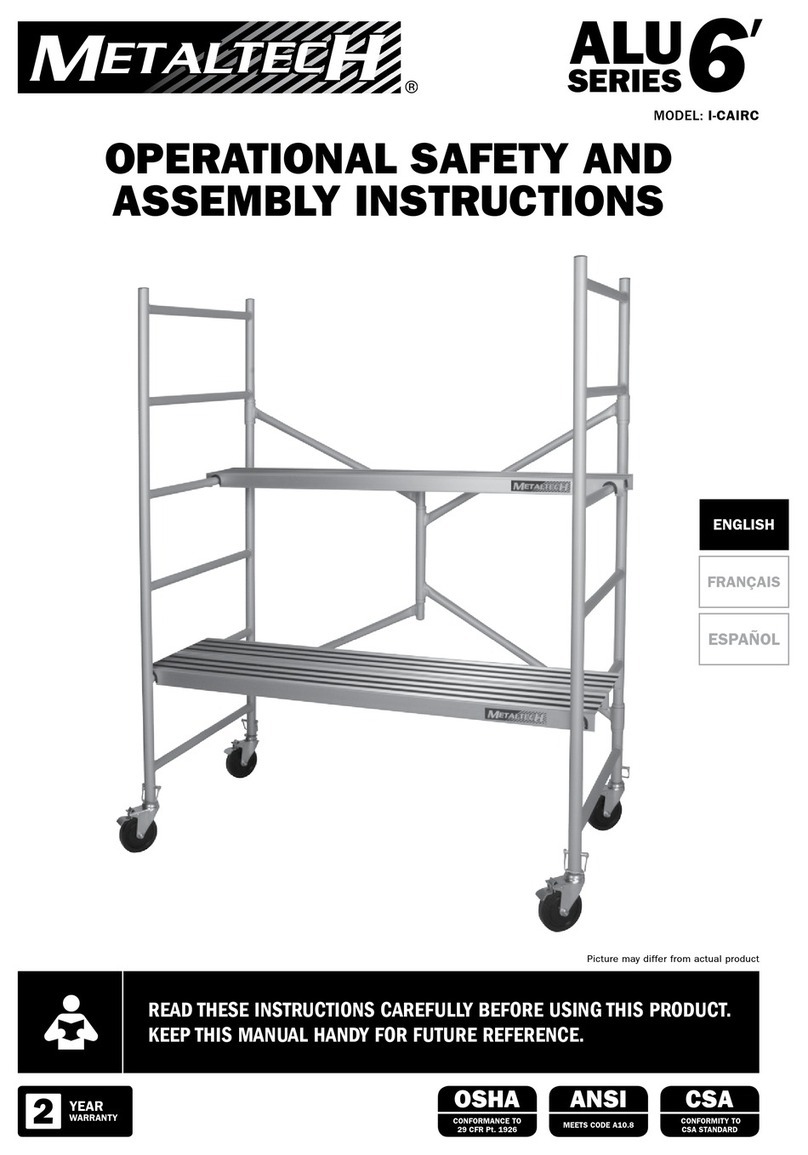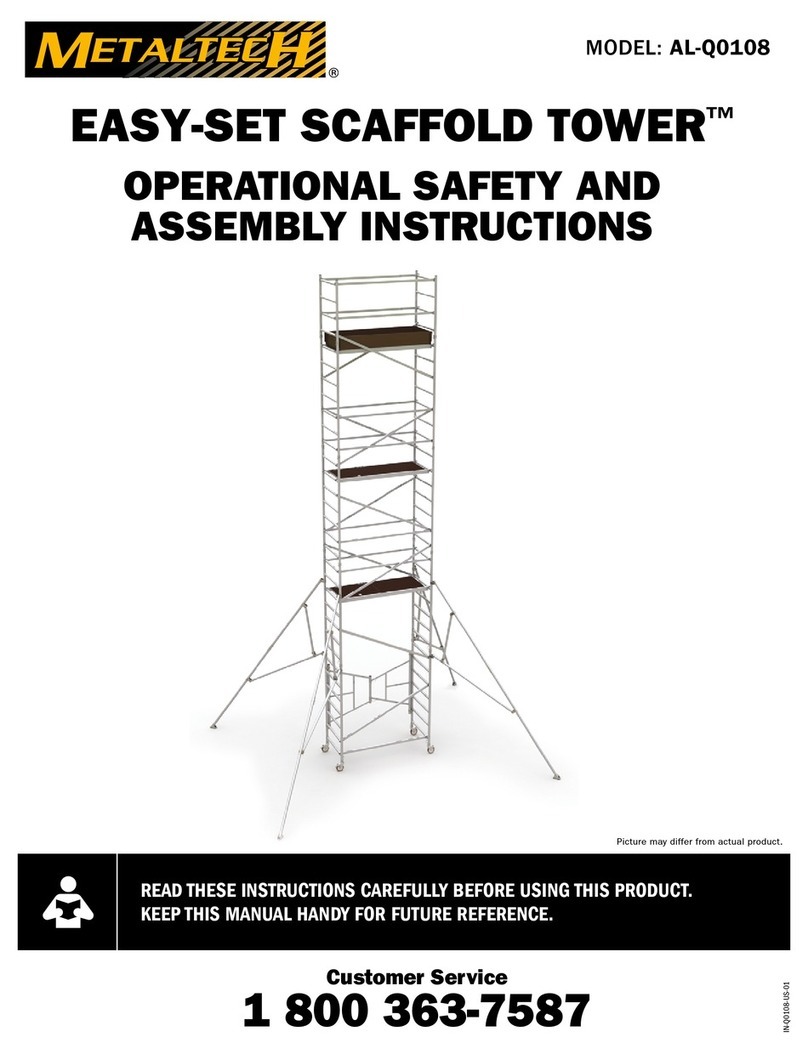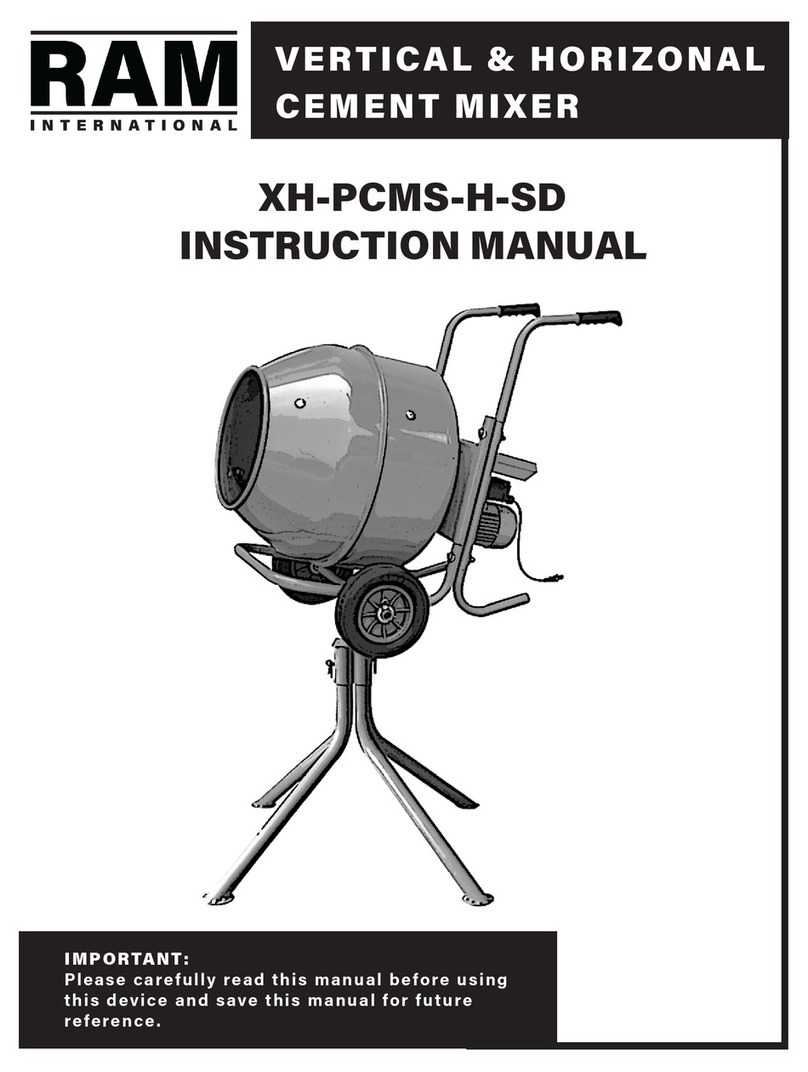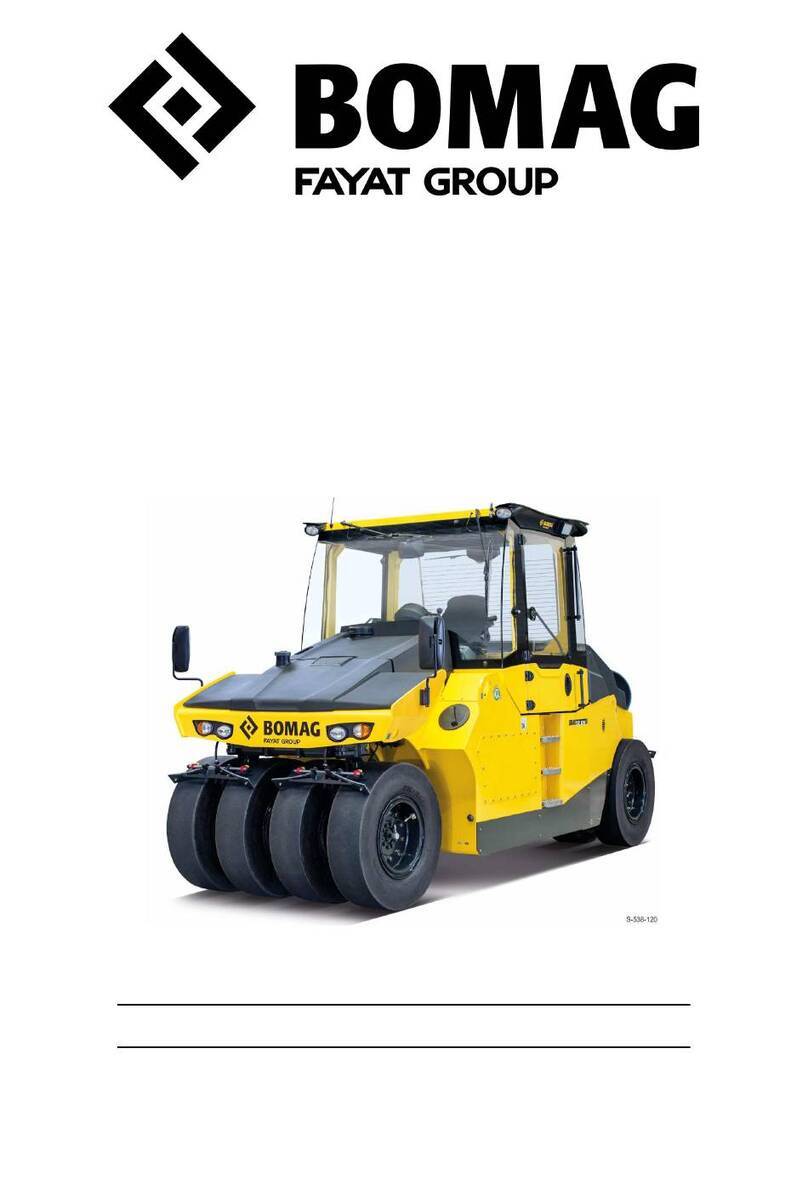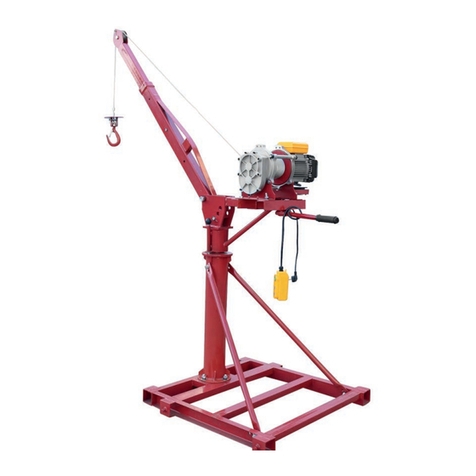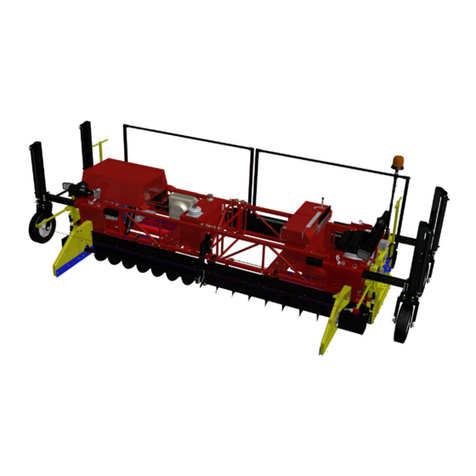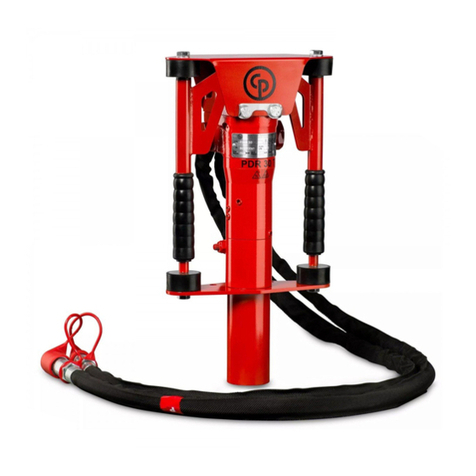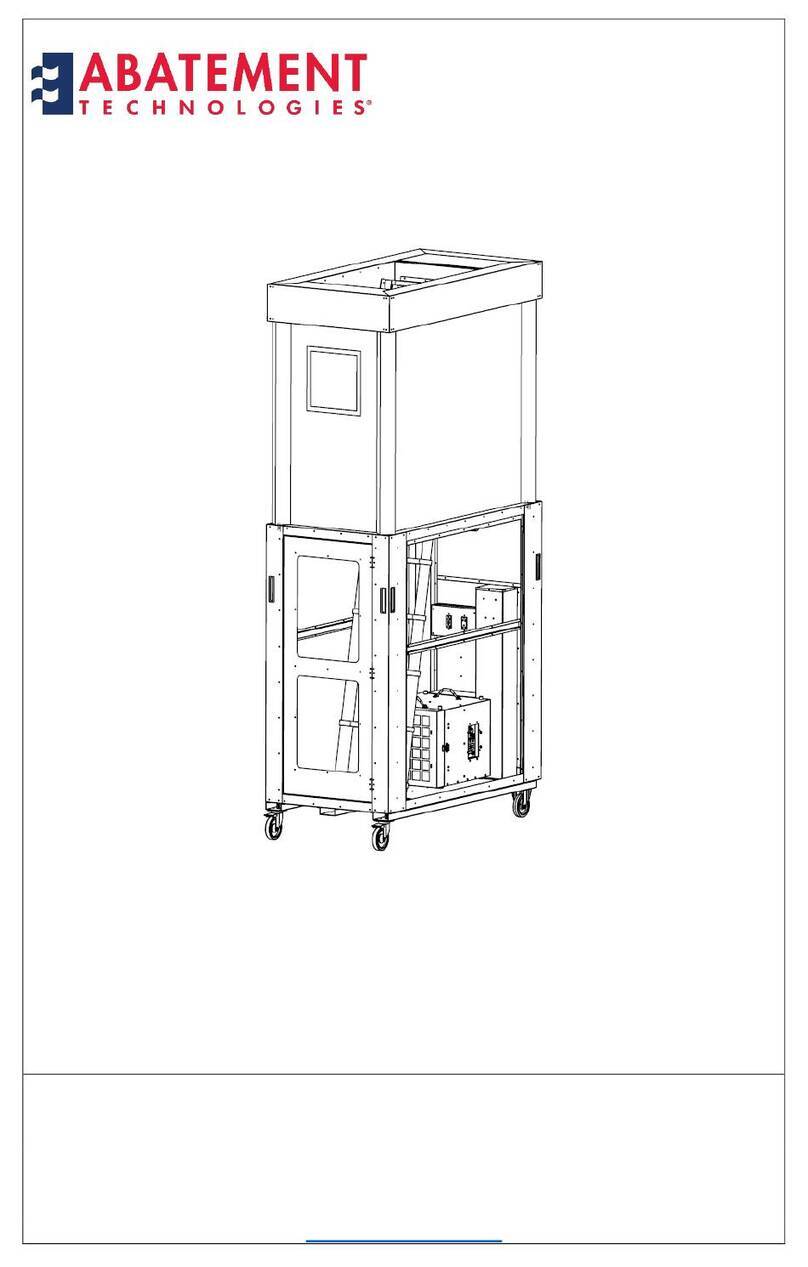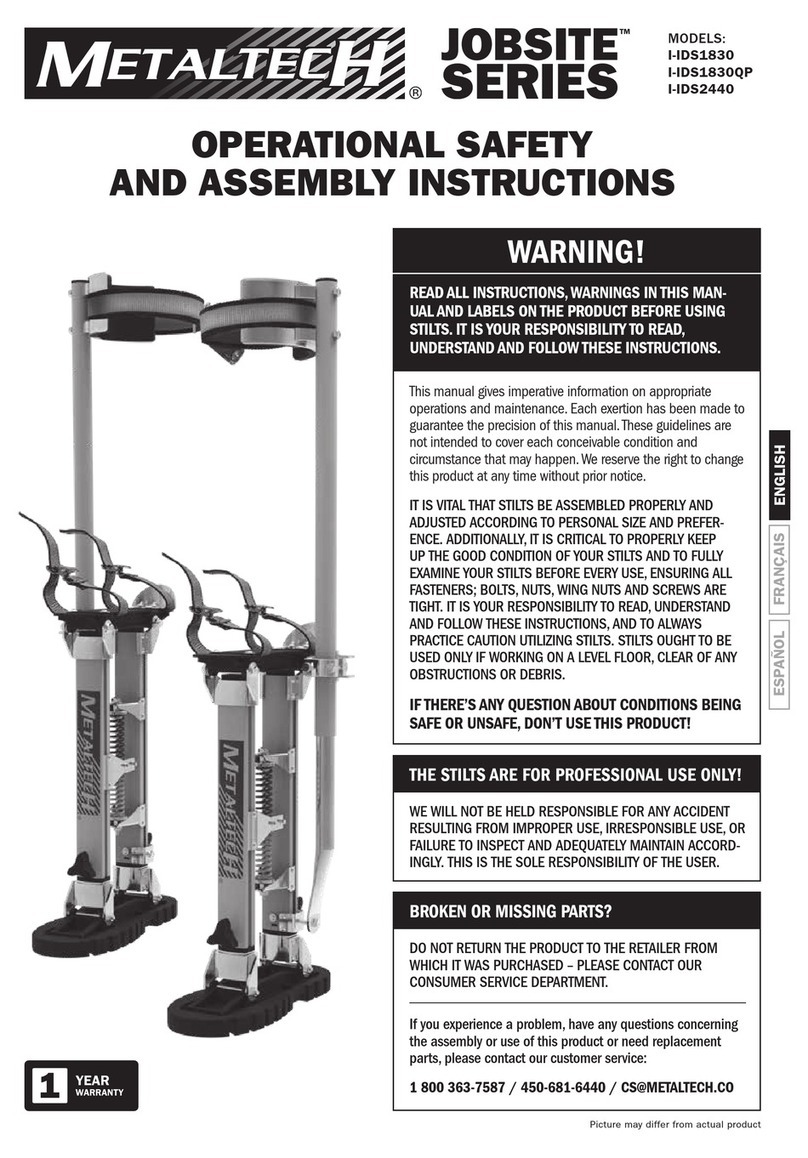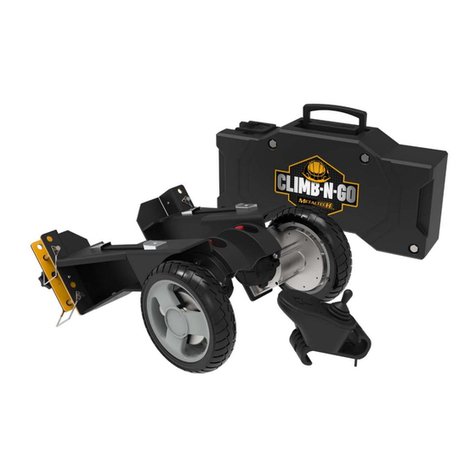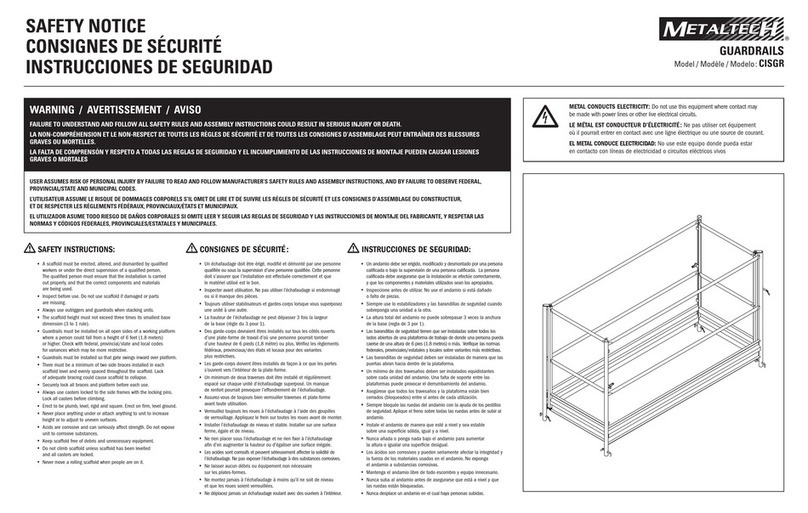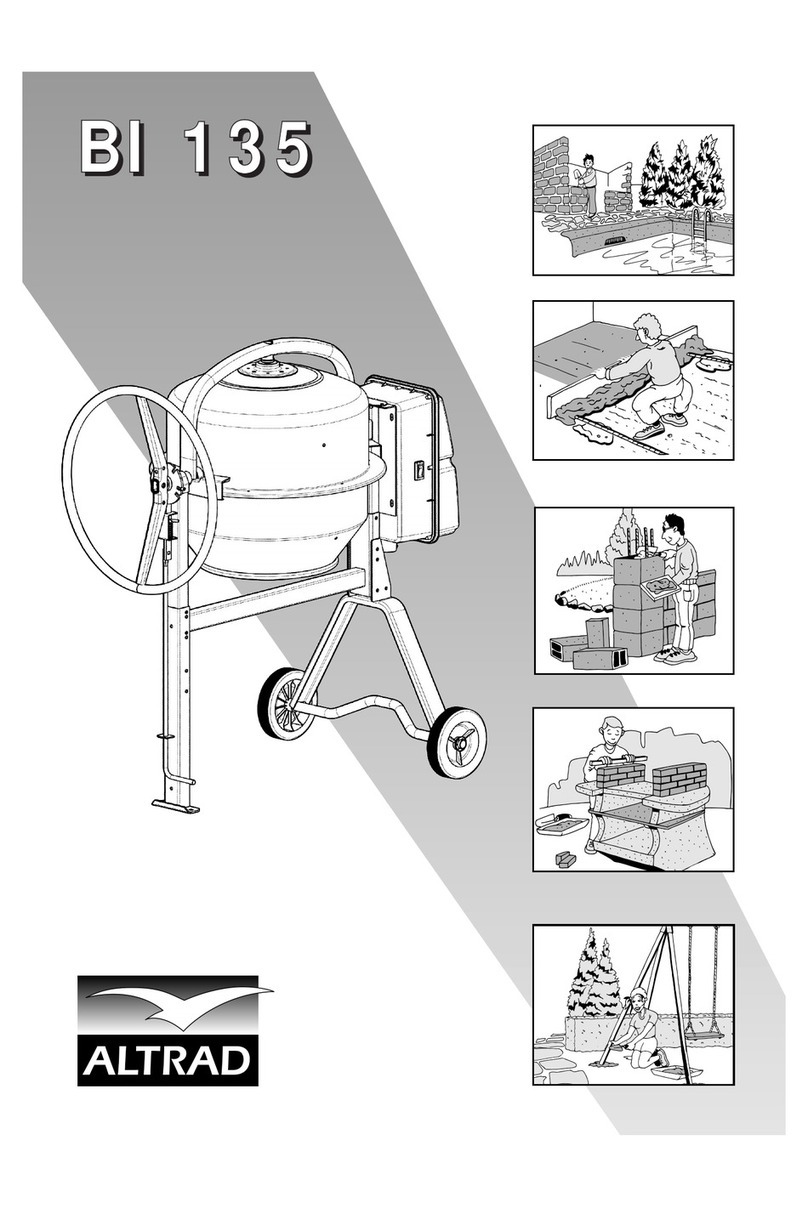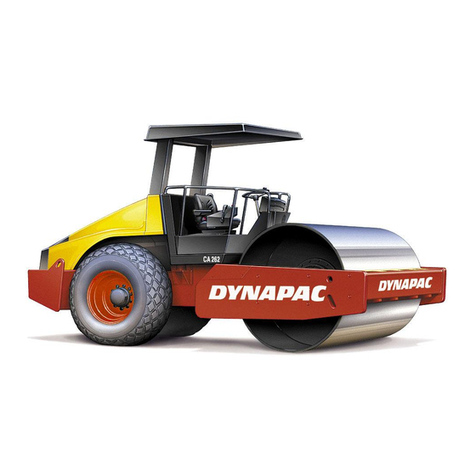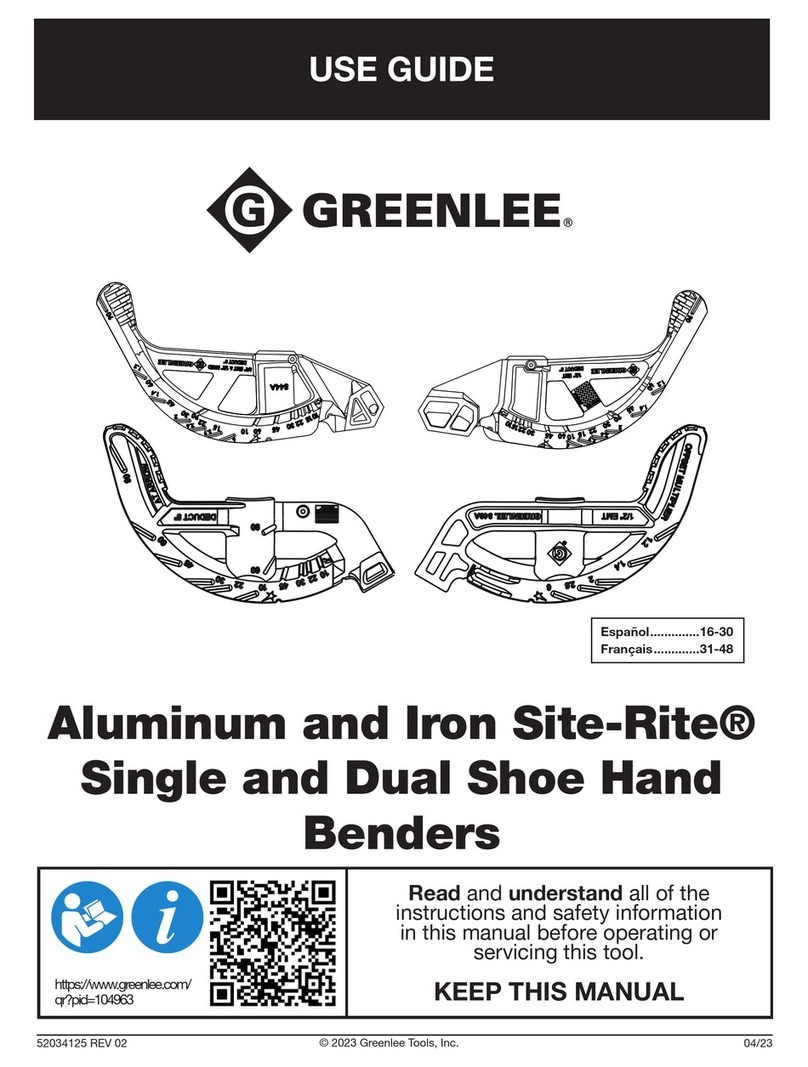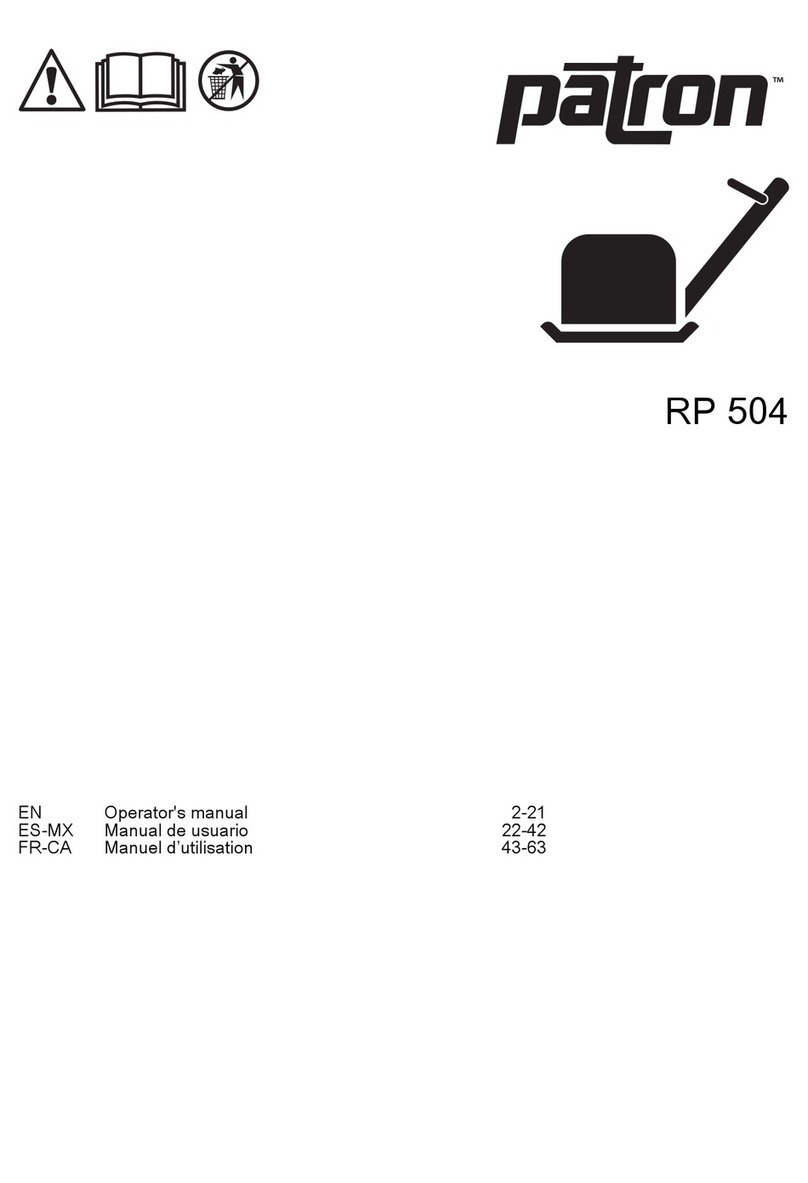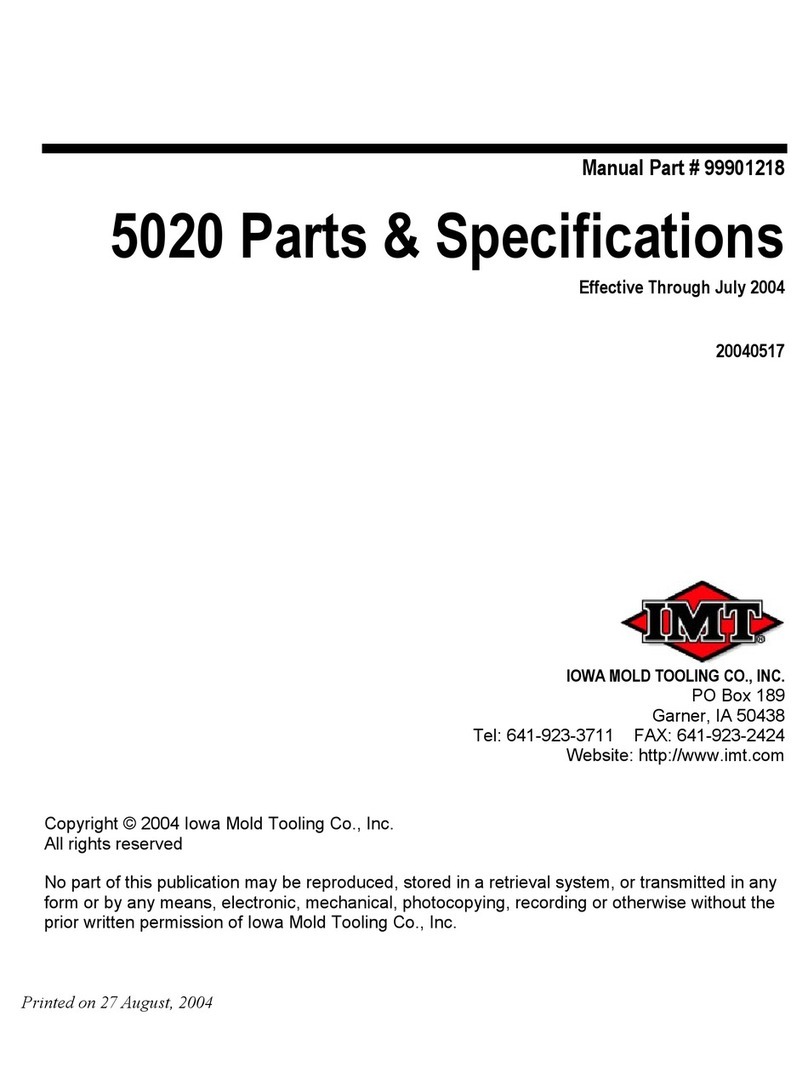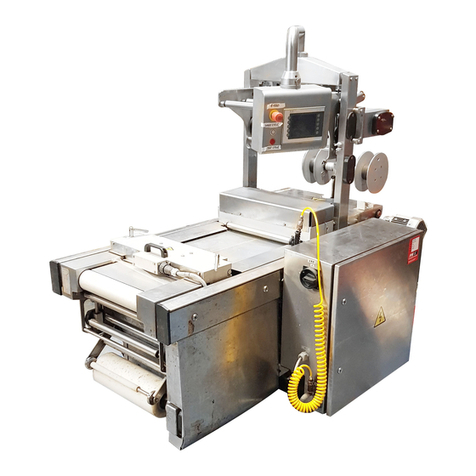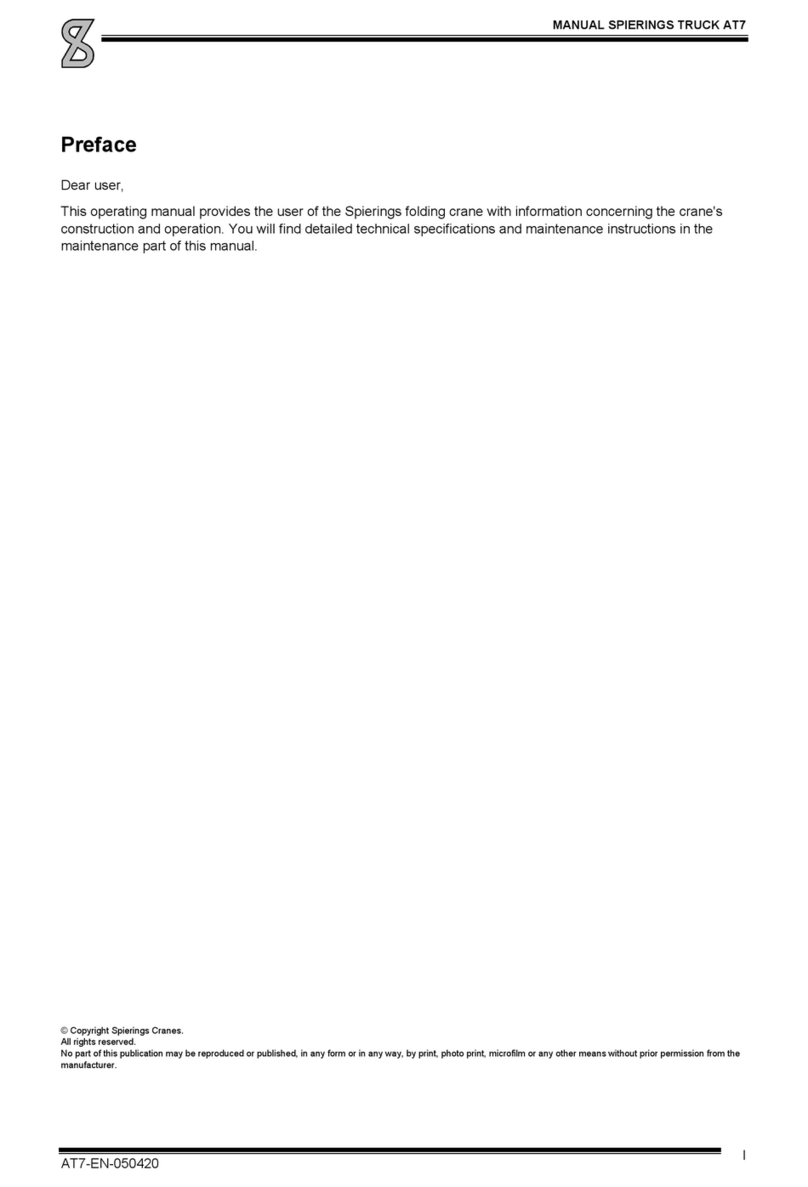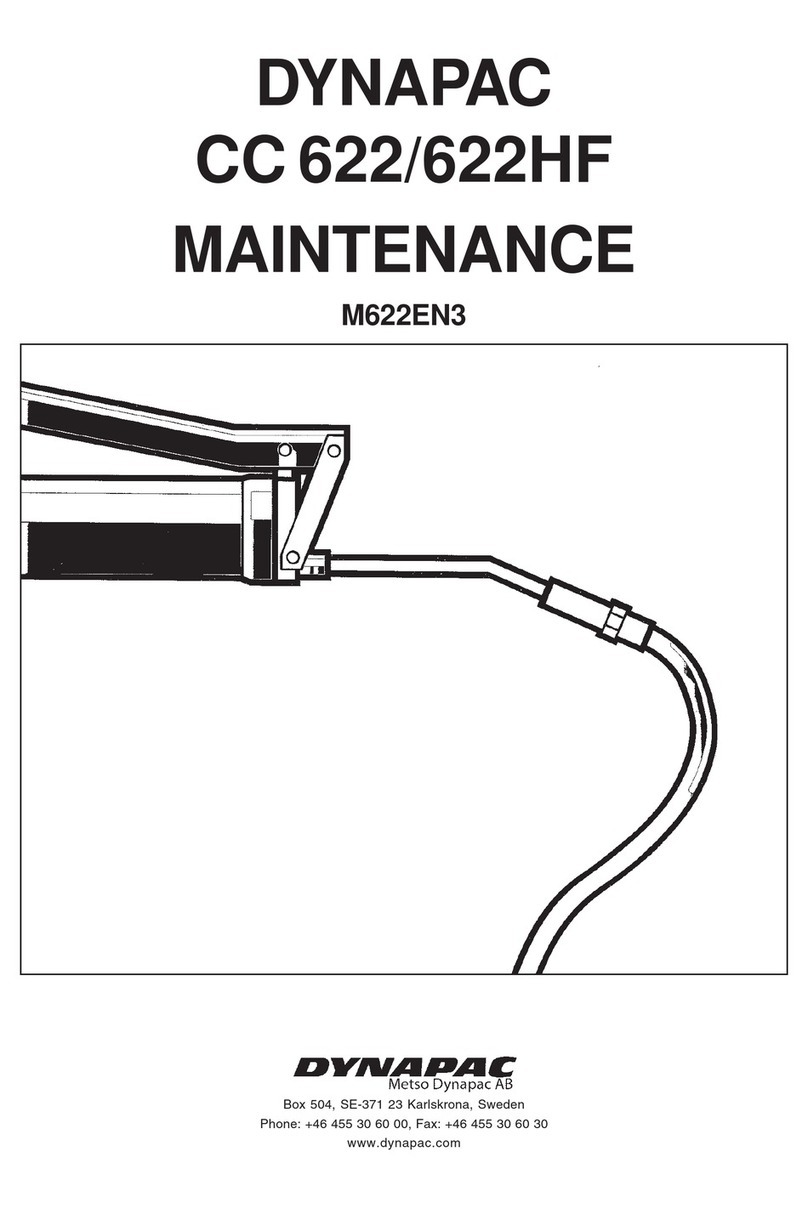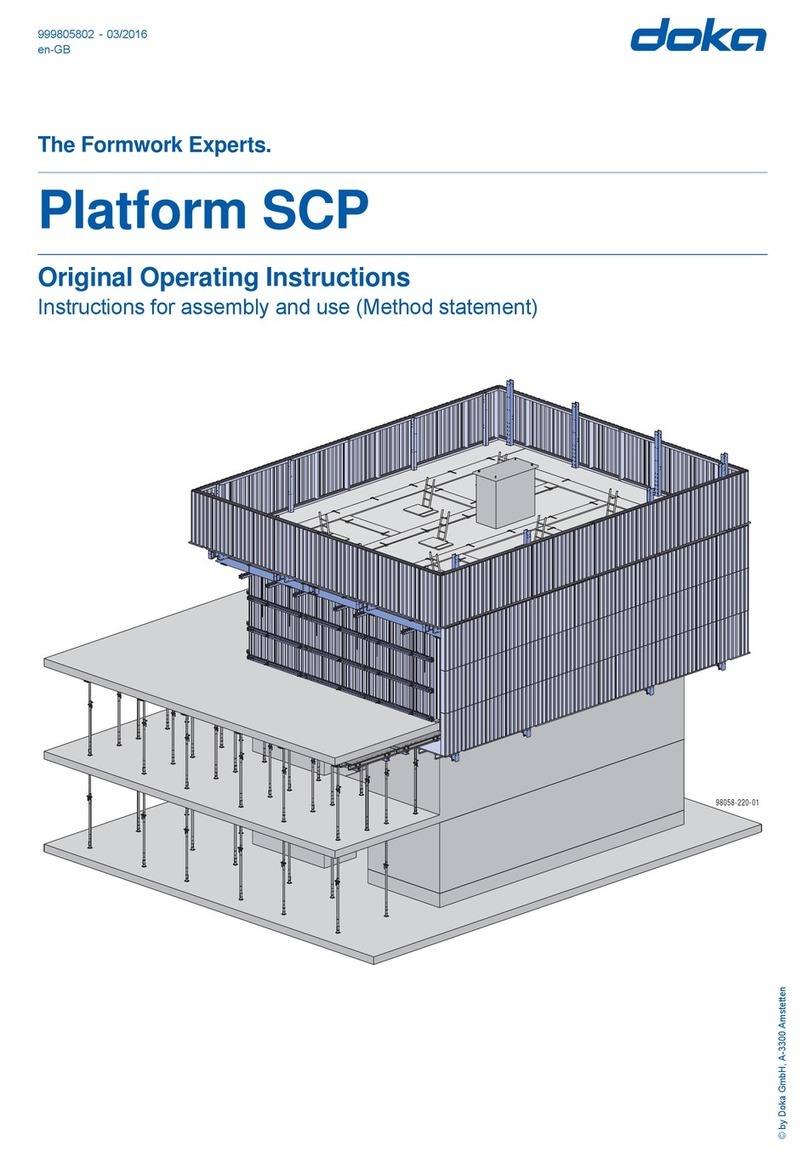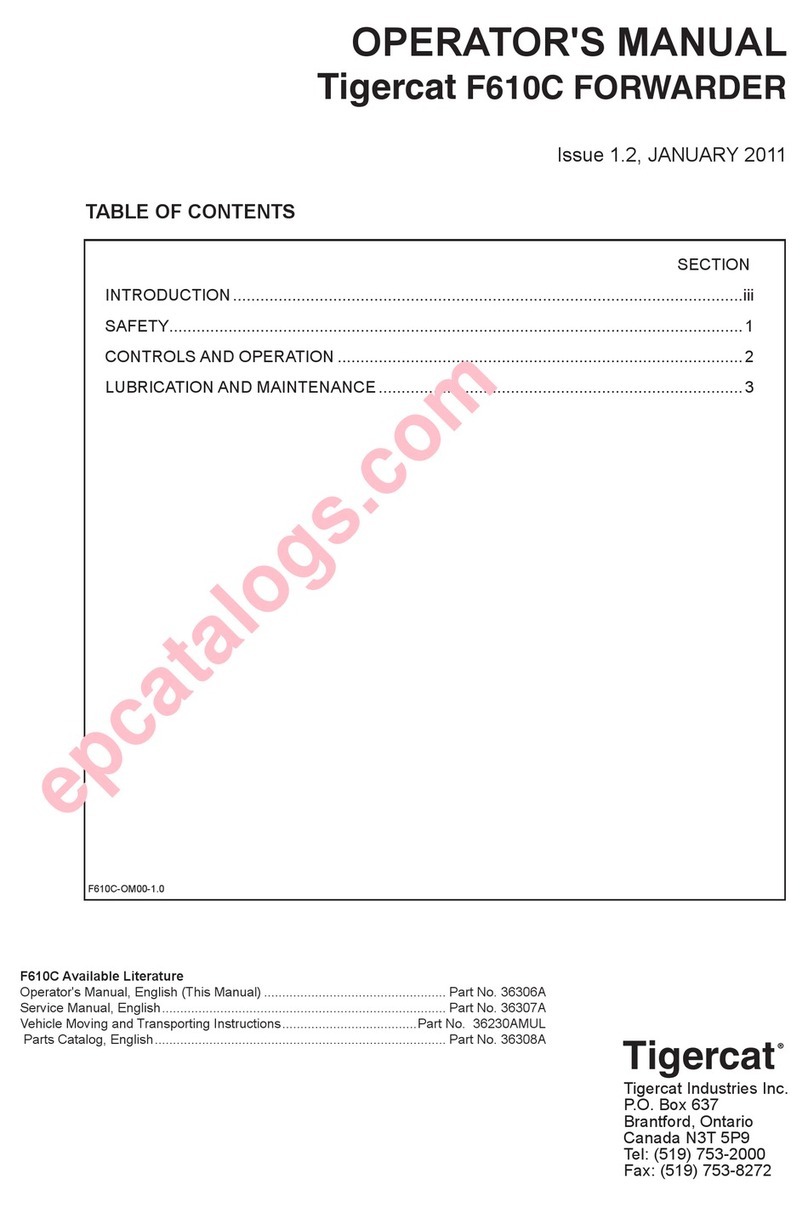
OPERATIONAL SAFETY
METAL CONDUCTS ELECTRICITY:
Do not use this equipment where contact may be made with power lines or other live electrical circuits.
FAILURE TO UNDERSTAND AND FOLLOW ALL SAFETY RULES AND ASSEMBLY INSTRUCTIONS
COULD RESULT IN SERIOUS INJURY OR DEATH.
READ BEFORE BEGINNING ASSEMBLY.
WWW.METALTECH.CO
1 800 363-7587
LAVAL, QUEBEC, CANADA H7L 3N6
Customer Service: 1 800 363-7587
Our customer service staff is available to help you. For help with product assembly, to report damaged or missing parts, or for any other
information about this product, please call our toll-free number.
KEEP THIS MANUAL FOR FUTURE REFERENCE
Keep this manual and the original sales invoice in a safe, dry place for future reference.
REQUIREMENTS FOR ACCESS FRAME
SCAFFOLDING
A scaffold must be erected, altered, and dismantled
by qualied workers or under the direct supervision of
a qualied person. The qualied person must ensure
that the erection is carried out properly, and that the
correct components and materials are being used. All
equipment must be inspected before use to ensure that
it is in good repair and suitable for the intended use.
The base must be rm and level enough to support the
load of scaffolding, workers, and materials. Sills and
base plates are required on any soil or unstable ground
condition, or where any levelling adjustment is needed.
The sill must be sound, rigid, and capable of supporting
the maximum loads without settlement or deformation.
Levelling jack base must be adjusted within the limits
specied by the local regulation.
The frames must be plumb and level and spaced to
adequately support the loads.
If uplift could cause the components to separate,
locking pins must be used and the components
secured. Uplift might be caused by the action of wind on
a secured deck or by the leverage action of a cantilever
side bracket on the scaffolding. All joints must be
pinned on rolling scaffoldings and free-standing towers.
With a rolling scaffolding or free-standing tower, the
platform height must not exceed three times its smallest
base dimension (3 to 1 rule).
A scaffolding built above the 3 to 1 rule must be
effectively guyed or secured to a building or structure
to prevent overturning. The guying of a scaffolding may
require the direction of a professional engineer.
Guardrails must be installed on all open sides of the
platform where a person could fall a distance of 10 ft.
or more. The top rail must be placed 40-44 in. above
the work surface. An intermediate rail must be placed
halfway between the top rail and the toeboard, if one is
provided, or halfway between the top rail and the work
surface if no toeboard is provided.
Toeboards must be installed on all the open sides of a
platform where it is possible for tools and or materials
to roll off. The top of the toeboard must be at least 4 in.
above the platform. If loose materials are to be stacked
above the height of the toeboard, then the toeboard
must be increased in height or mesh panels must
be installed to prevent materials from falling off the
scaffolding.
BEFORE ERECTING ACCESS FRAME
SCAFFOLDING
What will the scaffolding be used for? For example, light
duty (one or two workers; painting a wall), or heavy duty
(several tradespersons, with large and heavy materials
on the platform)?
How high will the scaffolding be? Will it be erected in
one operation or as the work progresses?
Is the ground rm? Can it support the loads from the
scaffolding, workers, and materials on it?
Will the scaffolding need to be tied in? How will this be
done? Will the ties be moved as the work progresses?
Is the scaffolding likely to be covered or enclosed as a
protection against the elements? Is there provision for
adding additional ties to the adjoining structure?
What will be the method of access and egress? For
example, a sloping ladder, vertical ladder, built-in
stairway, or direct from the oors of the building
structure?
On a multi-level scaffolding, how many levels will be
loaded with materials at one time? Will an engineer
be required to make the calculations for the total
anticipated loading and possibly design the scaffolding
and the sills?
If a rolling scaffolding is required, consider ground
surface, height restriction (3 to 1 rule) hazards when
moving (such as power lines, projections from the build-
ing, and potholes).
EQUIPMENT INSPECTION
YOU MUST INSPECT THE EQUIPMENT YOU PLAN TO USE
TO MAKE SURE THAT IT IS IN GOOD REPAIR AND SUITABLE
FOR THE JOB. CHECK THE FOLLOWING:
Sills: suitable size and strength for the loads. Not split or rotten.
Frames: no cracks in the welded joints. No kinks or dents in
the top or bottom cross-members. Legs plumb and square
with the cross-members. Brace locks in good working order.
Coupling pins in place and secured to the frame.
Cross braces and diagonal braces: straight with no bent ends.
Pivot connection in good working order. No excessive rust.
Scaffold planks: no split ends, saw cuts, notches,
protruding nails, excessive warping. No contamination that
may affect the integrity of the plank, such as oil, chemicals,
and burns. (If you have any doubts about the strength of
the plank, you may need to have it load-tested).
All aluminium or with plywood deck platforms: not mis-
shaped or cracked. Locks working. All bolts and screws in
place. No burns or broken ends. If upper surface has non-
skid coating, no rot or plywood separation on underside.
Side or end brackets: hook-on attachment not distorted.
No cracks in welds. No dents, kinks, or any signs of abuse.
Guardrails: straight, with no kinks, dents, or excessive rust.
Casters: same size and from same manufacturer. Wheel
rotates well and the swivel below the stem is working. Brake
mechanism works properly. Wheel tread has no damage.
Levelling jacks: no cracks in weld where levelling jack is
attached to the top of the caster. No thread damage. No
curling or warping of the base plate. Adjusting nut is a tight t.
Other equipment: inspect any other equipment in the
frame structure. Damaged equipment should be tagged
and marked as not t for use. Inform the supervisor so
that others do not use it.
IN-MRT51010-EN-01
Metaltech is a registered trademark of Metaltech-Omega inc.
